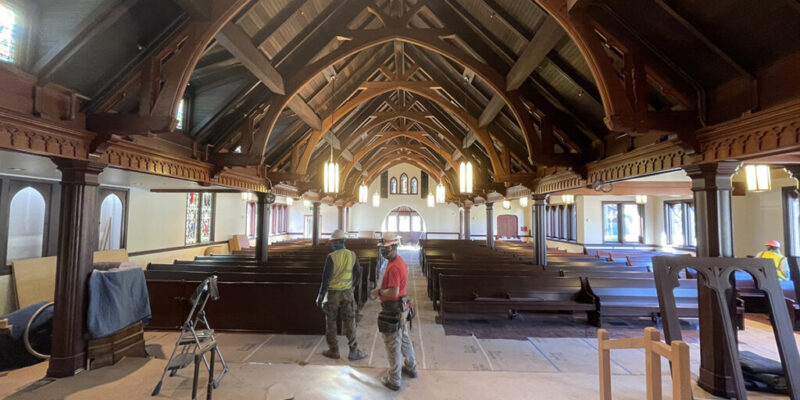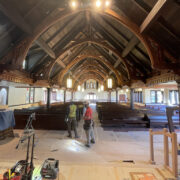Churches across the UK are among the most iconic and recognisable buildings in our communities. Many of them date back over a century, carrying deep historical and spiritual significance. Yet, like any building, they eventually need to evolve. For churches that now serve dual purposes — as places of worship and as active community or commercial venues — renovation is often essential.
Why Renovate a Historic Church?
Preserving historic charm while upgrading a building’s infrastructure is never a straightforward process. However, church renovations are increasingly necessary, particularly when the building is used for events, outreach work, childcare, or other commercial or semi-commercial purposes.
Renovations help address:
- Outdated heating and electrical systems
- Poor accessibility for those with mobility challenges
- Inefficient layouts that limit functionality
- Wear and tear on heritage materials
- Aesthetic fatigue that can make spaces feel unwelcoming
By approaching these challenges with care, churches can be made more inclusive, sustainable and multifunctional.
What Makes Church Renovations Unique?
Unlike modern commercial spaces, churches are not blank slates. They are architectural time capsules, often built in stone, with stained glass, vaulted ceilings and timber detailing. Renovating such structures requires a deep respect for their heritage, alongside the ability to meet 21st-century building regulations.
This might include:
- Designing accessible entrances and restrooms without altering facades
- Installing efficient lighting and heating systems that complement period features
- Creating open-plan meeting or event spaces while maintaining architectural integrity
- Converting underused areas into functional zones — such as kitchens, breakout rooms or community offices
Planning a Commercial Renovation in a Church Setting
Before beginning any commercial renovations, it’s essential to work with professionals who understand both the technical and emotional aspects of the work. Key considerations include:
- Engaging stakeholders: This includes congregations, trustees, and local planning authorities. Input from all parties helps shape the design and scope.
- Phased works: Especially useful when churches continue to hold services during construction, phasing can allow the space to remain operational.
- Preserving key features: Identifying stained glass windows, pews, pulpits or memorials that must be protected or restored.
- Adhering to regulations: Older churches may be listed, meaning strict permissions are required for alterations.
Benefits of Sensitive Commercial Renovations
With careful planning, church renovations can breathe new life into buildings that may otherwise face disuse. A sensitively upgraded church can:
- Host weddings, concerts or lectures
- Serve as a community centre or co-working space
- House cafés, social enterprises or training centres
- Support local outreach programmes
All while maintaining its original identity.
Partnering with the Right Team
If your project involves commercial renovations to a historic or ecclesiastical building, it’s crucial to choose builders who are experienced in sensitive transformations. The balance between old and new must be handled with skill, ensuring your building’s legacy continues to thrive practically and purposefully.
For more on how thoughtful renovations can modernise and protect your building’s future, visit our page on home renovations and transformations.



















Comments